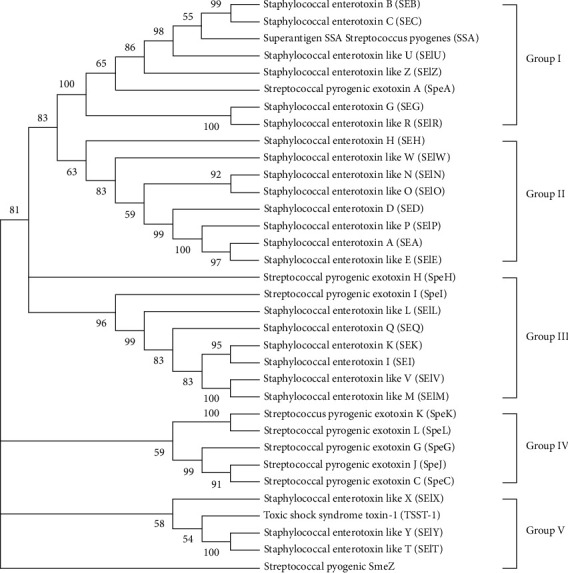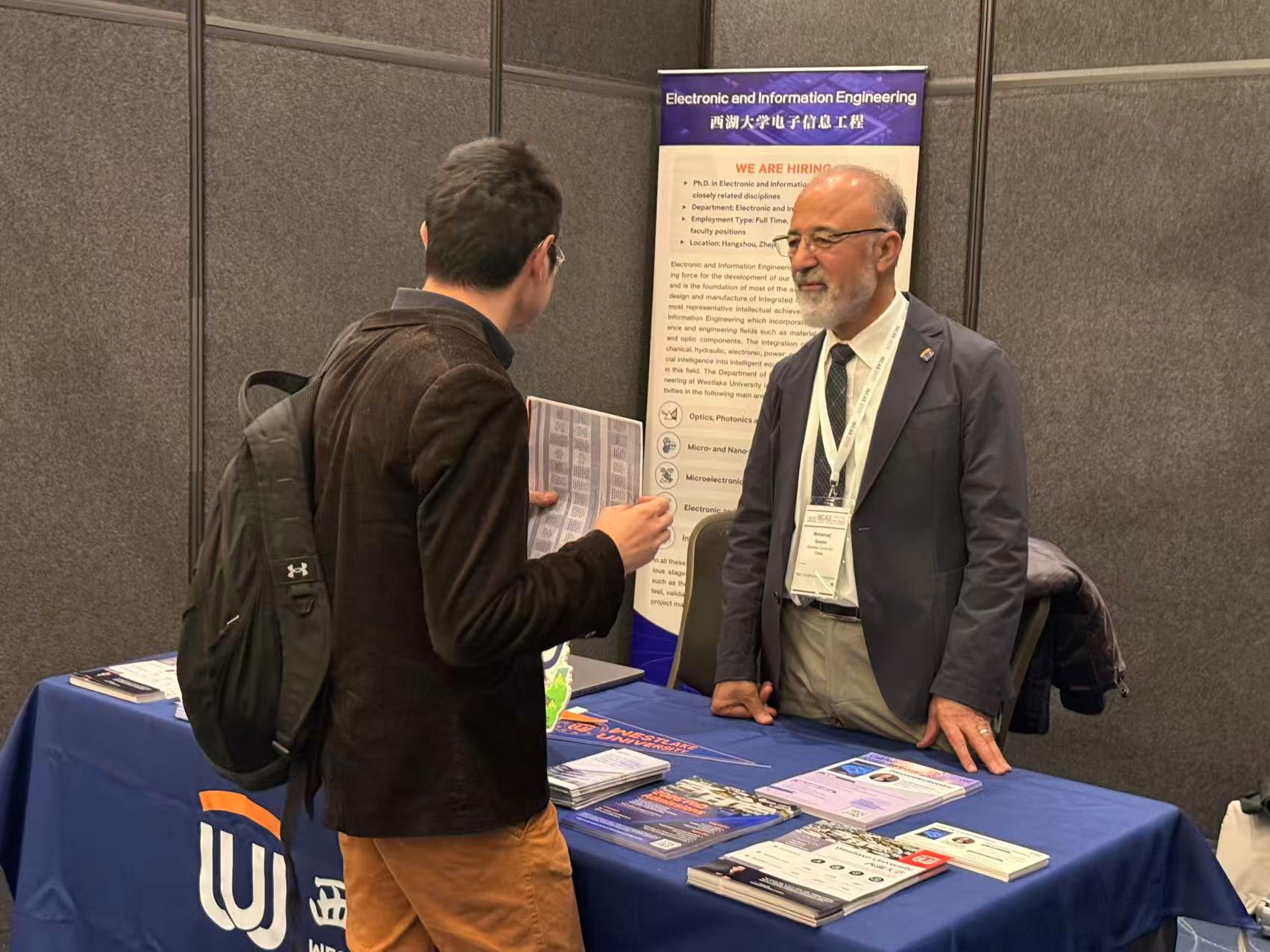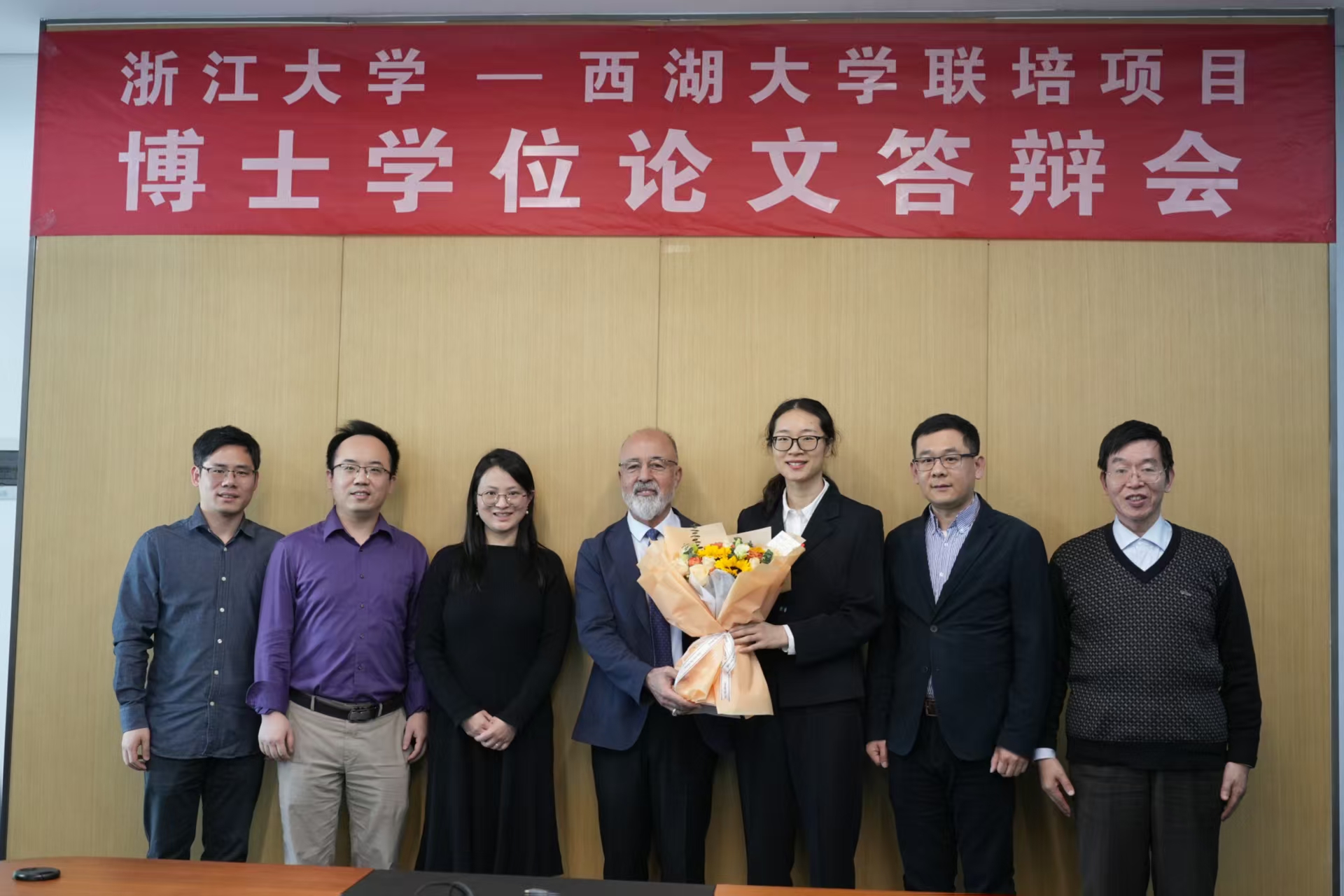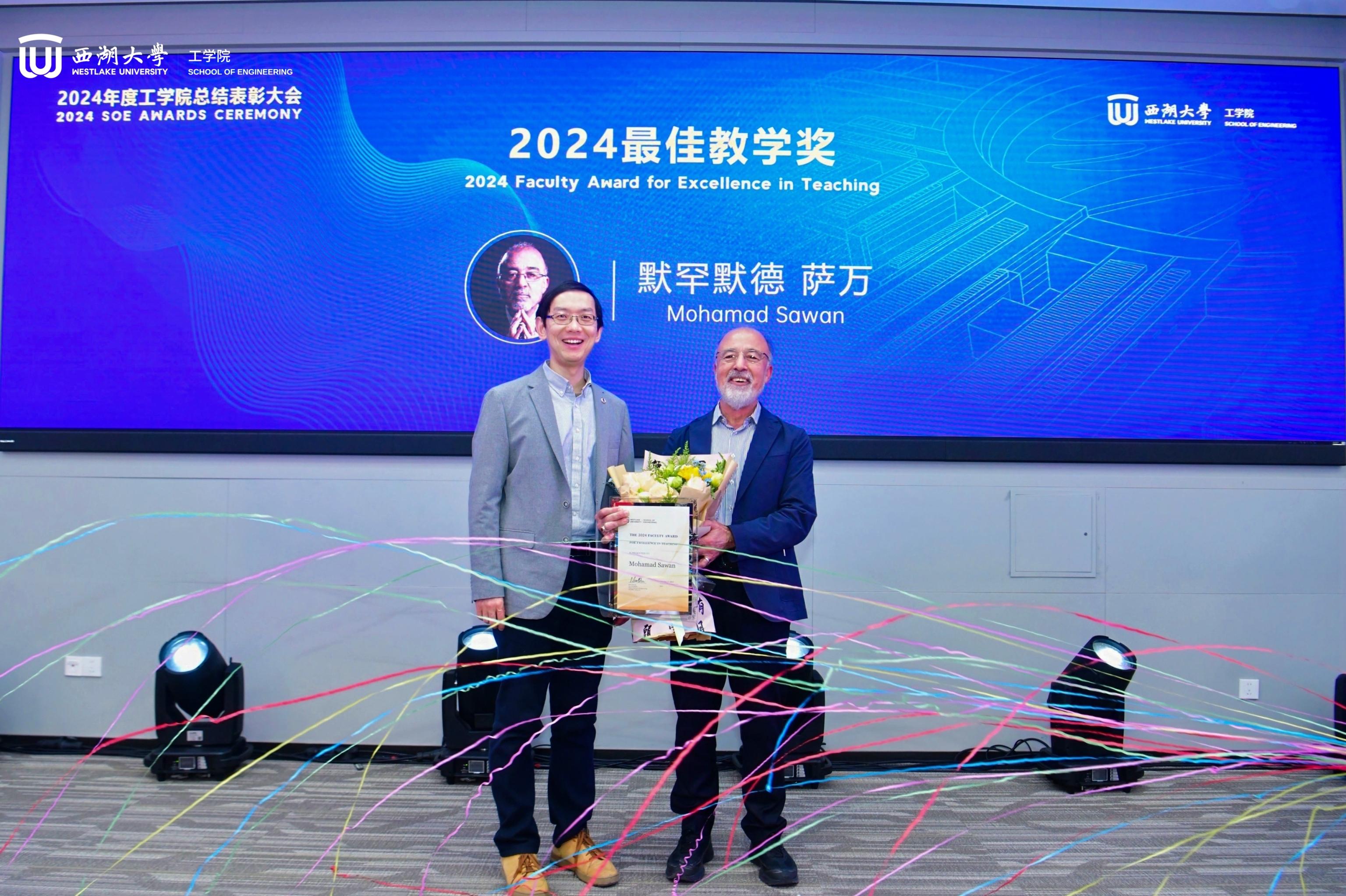Titled “Blocking Superantigen-Mediated Diseases: Challenges and Future Trends”, this contribution has been published in the Journal of immunology research. This review focuses on the use of drug delivery methods to accurately target and block superantigens, while reducing the adverse effects associated with CD28 mimic peptides.
Congratulations to Pengbo Wang and to this paper’s co-authors for this achievement.

Fig.1: Phylogenetic tree of known bacterial SAgs: the unrooted tree was constructed using the amino acid sequence alignment method of unweighted pair group using arithmetic averages (UPGMA) in Mega11. It is divided into five major groups, representing distinct classes of SAgs.

Fig.2: MHC Ⅱ binding sites and SAgs stimulating specific T cells with TCR Vβ.
Reference
Wang P, Fredj Z, Zhang H, Rong G, Bian S, Sawan M. Blocking Superantigen-Mediated Diseases: Challenges and Future Trends.J Immunol Res.2024 Jan 17;2024:2313062.
More information can be found at the following link
https://pubmed.ncbi.nlm.nih.gov/38268531/
Abstract
Superantigens are virulence factors secreted by microorganisms that can cause various immune diseases, such as overactivating the immune system, resulting in cytokine storms, rheumatoid arthritis, and multiple sclerosis. Some studies have demonstrated that superantigens do not require intracellular processing and instated bind as intact proteins to the antigen-binding groove of major histocompatibility complex II on antigen-presenting cells, resulting in the activation of T cells with different T-cell receptor Vβand subsequent overstimulation. To combat superantigen-mediated diseases, researchers have employed different approaches, such as antibodies and simulated peptides. However, due to the complex nature of superantigens, these approaches have not been entirely successful in achieving optimal therapeutic outcomes. CD28 interacts with members of the B7 molecule family to activate T cells. Its mimicking peptide has been suggested as a potential candidate to block superantigens, but it can lead to reduced T-cell activity while increasing the host's infection risk. Thus, this review focuses on the use of drug delivery methods to accurately target and block superantigens, while reducing the adverse effects associated with CD28 mimic peptides. We believe that this method has the potential to provide an effective and safe therapeutic strategy for superantigen-mediated diseases.







